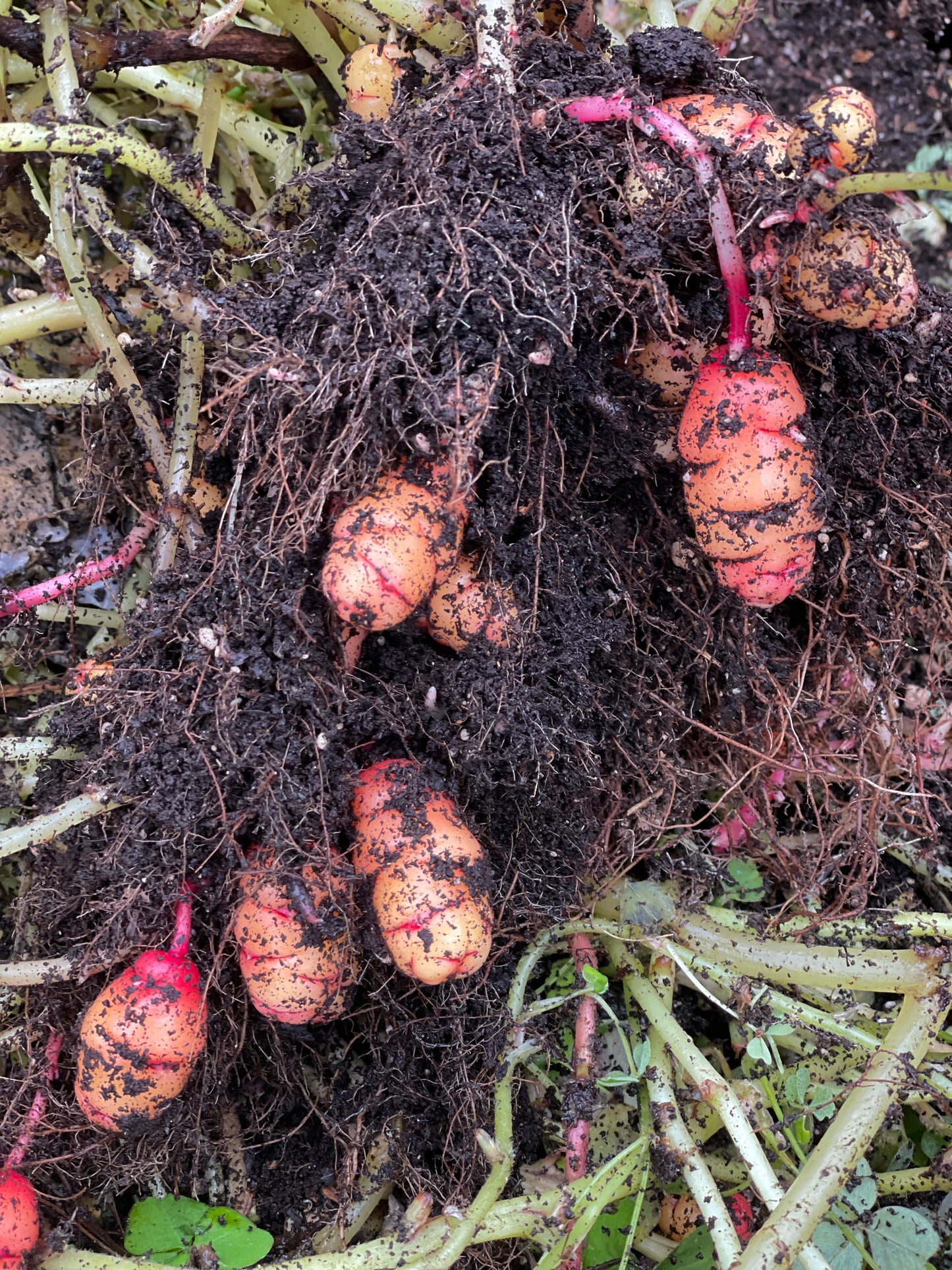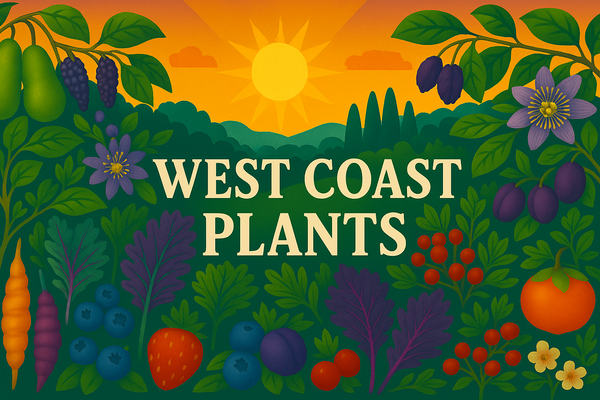West Coast Plants
Oca
Oca
Couldn't load pickup availability
Once a staple of the Andean highlands, oca is a colourful root crop that deserves a place in modern food gardens. Its tangy, lemony tubers come in shades of yellow, pink, orange, and red, harvested late in the season after the plants have soaked up the cool autumn light.
In the Andes, oca is second only to potatoes in importance, valued for both nutrition and resilience at high elevations.
Enjoy oca roasted like potatoes, pan-fried for extra crispness, or even eaten raw, when its fresh lemony flavour really shines. The tubers have a fine-grained texture with the moisture of a new/baby potato, and thin skin that never needs peeling. In the Andes, the tubers are often left in the sun for a few days to sweeten before cooking.
In colder regions, oca is grown as an annual — planted after frost and dug before the ground freezes, as it is sensitive to frost. The tubers are stored over winter and replanted in the spring. Any tubers that are left behind and don't freeze, will sprout in the spring, but are very easy to remove - easier rogue than potatoes.
Oca offers not just food but beauty: the clover-like foliage and starry yellow flowers give way to a rainbow of bright tubers that add intrigue to both the garden and plate.
Be sure to check out the mashua tubers we offer as well - another tasty tuber from the Andes.
Note: November - March, oca is available as bare root tubers. The rest of the year, oca is available as potted plants.
Common names: Oca, New Zealand yam, Uqa/Oqa, Papa oca
Edible: Tubers
Harvest timing: November (before the ground freezes)
Scientific name: Oxalis tuberosa
Light requirements: Full sun to part sun
Full-grown size: 12-18" tall x 18-24" wide
Hardiness: Zone 8
Pollination: Not required to form tubers
Wildlife: Relatively pest-free in North America. Foliage isn't favoured by rabbits or deer.
Origin: Andes Mountains (South America)
Noteworthy: Uniquely-coloured, flavourful tubers produced by pest-resistant, easy-to-grow plants.
Share




















